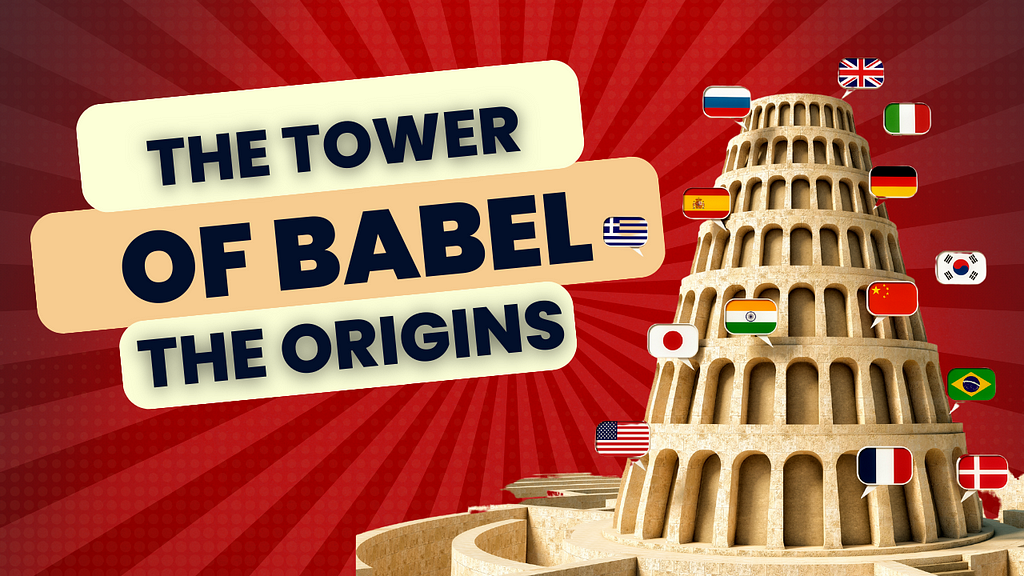
Unraveling the Linguistic Tapestry
The Tower of Babel, a compelling narrative found in the Book of Genesis within the Bible, has captivated readers for centuries. This ancient tale offers not only a fascinating glimpse into the human condition but also serves as a symbolic explanation for the diversity of languages present in the world. In this article, we delve into the story of the Tower of Babel and its profound impact on the origins of language diversity, exploring historical context, linguistic implications, and the enduring legacy of this biblical account.
I. The Biblical Narrative: Building Toward Hubris
The Tower of Babel story unfolds in Genesis 11:1–9. It recounts how, in the post-Flood era, humanity sought to build a tower that reached the heavens, an endeavor fueled by ambition and pride. The project aimed to make a name for the people and prevent their dispersion across the earth. However, God intervened, confusing their language and scattering them across the globe.
II. Linguistic Implications: The Birth of Diverse Tongues
The biblical narrative suggests a direct divine intervention resulting in the sudden emergence of distinct languages. This symbolic act is often interpreted as the root cause of linguistic diversity. Linguists and scholars, however, offer alternative perspectives, arguing that language evolution is a complex and gradual process influenced by cultural, geographical, and historical factors.
III. Historical Context: Tower of Babel in Ancient Mesopotamia
To understand the historical context of the Tower of Babel narrative, one must consider its parallels in Mesopotamian mythology, such as the Etemenanki ziggurat in Babylon. These cultural connections shed light on the cultural exchanges and influences that may have shaped the biblical account.
IV. Linguistic Evolution: Natural Processes vs. Divine Intervention
While the biblical narrative attributes language diversity to divine intervention, linguistic studies propose that language evolution is a natural, organic process influenced by factors like isolation, migration, and cultural exchanges. Examples such as the development of Romance languages from Latin showcase the complexity of linguistic evolution.
V. Contemporary Perspectives: The Tapestry of Global Languages
In the modern era, the world is a tapestry of languages, each with its unique cultural and historical roots. The Tower of Babel narrative continues to resonate as a metaphor for the diversity of human expression, fostering understanding and appreciation for the richness of global languages.
The Tower’s Enduring Legacy
The Tower of Babel, whether viewed as a divine intervention or a symbolic narrative, remains a profound exploration of humanity’s quest for unity and the consequences of hubris. As we unravel the origins of language diversity, we find that the tapestry of languages is a testament to the complexity and richness of human communication. The Tower’s enduring legacy extends beyond its biblical roots, shaping our understanding of linguistic evolution and the interconnectedness of cultures across the ages.
The Tower of Babel: Exploring the Origins of Language Diversity was originally published in SacredSagasStudio on Medium, where people are continuing the conversation by highlighting and responding to this story.